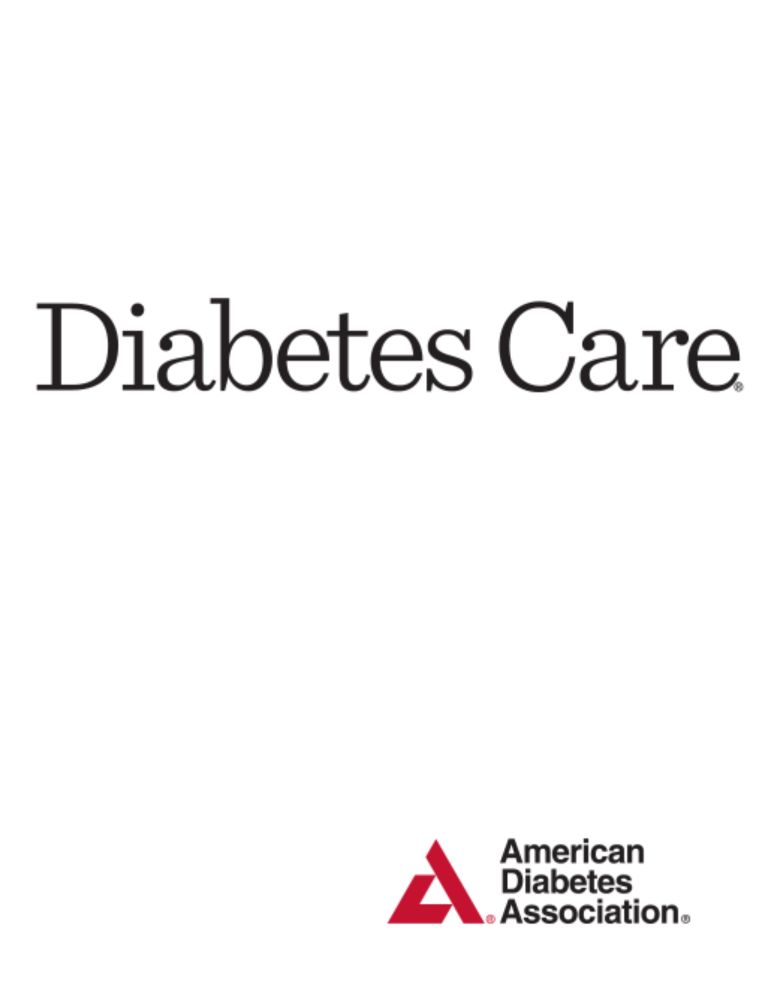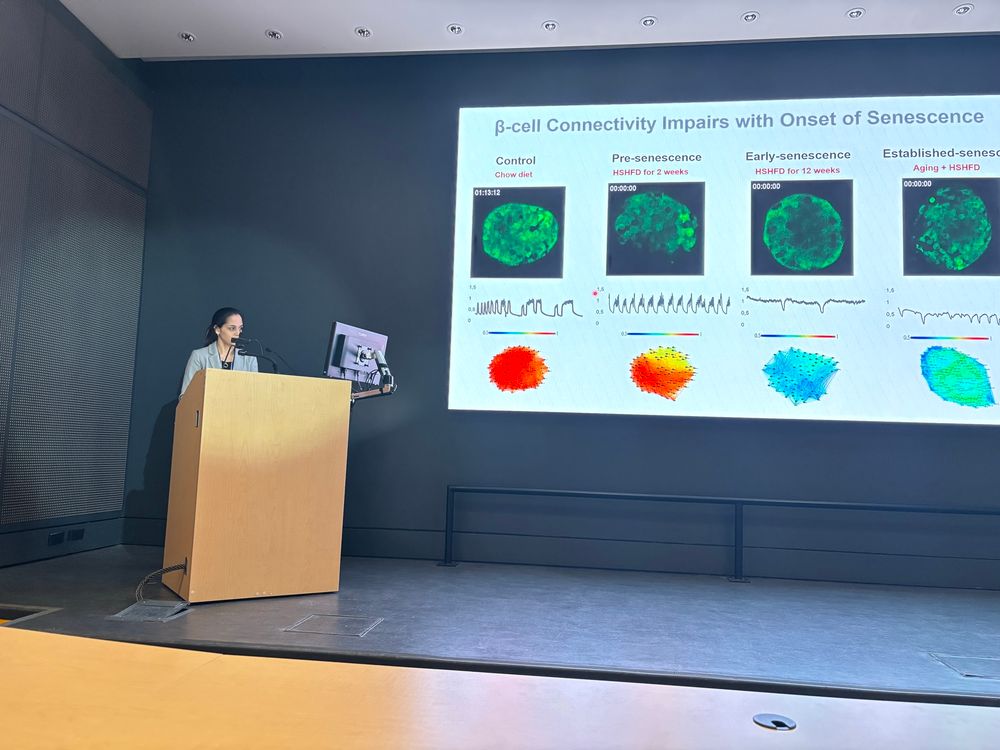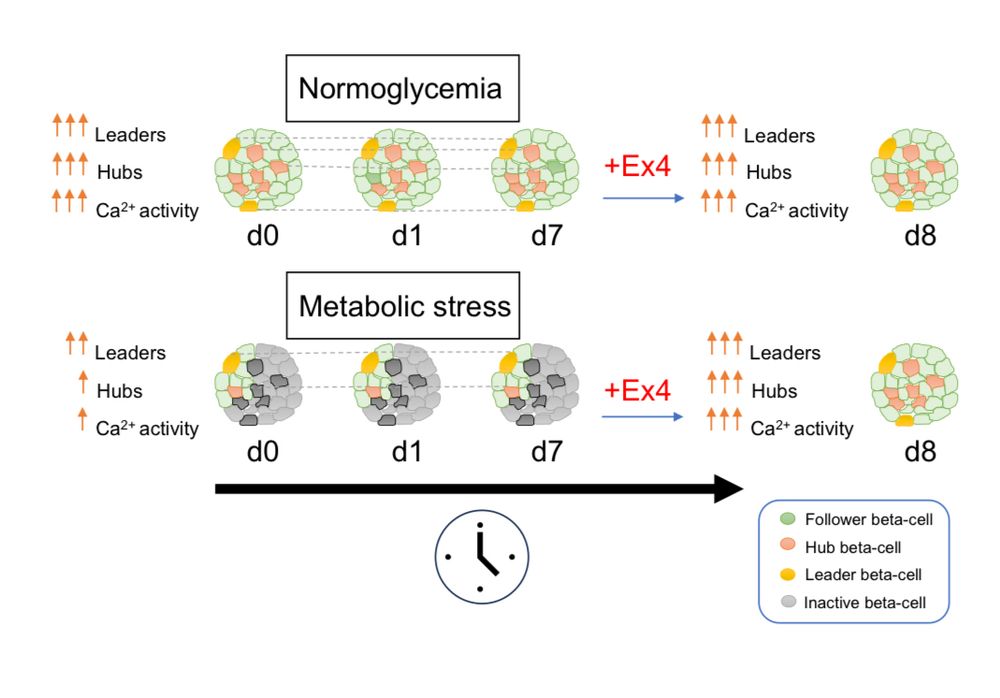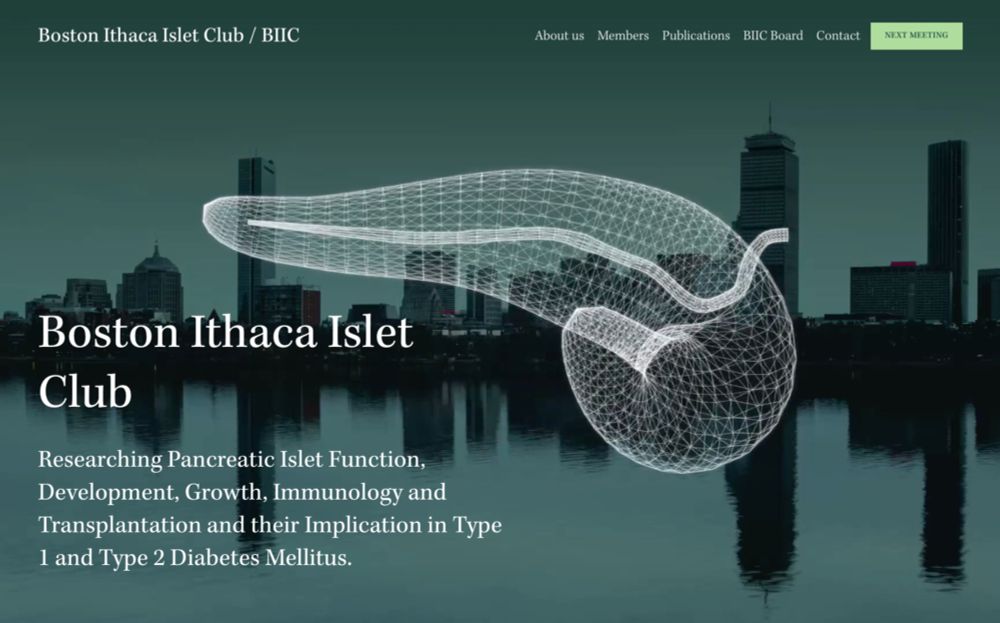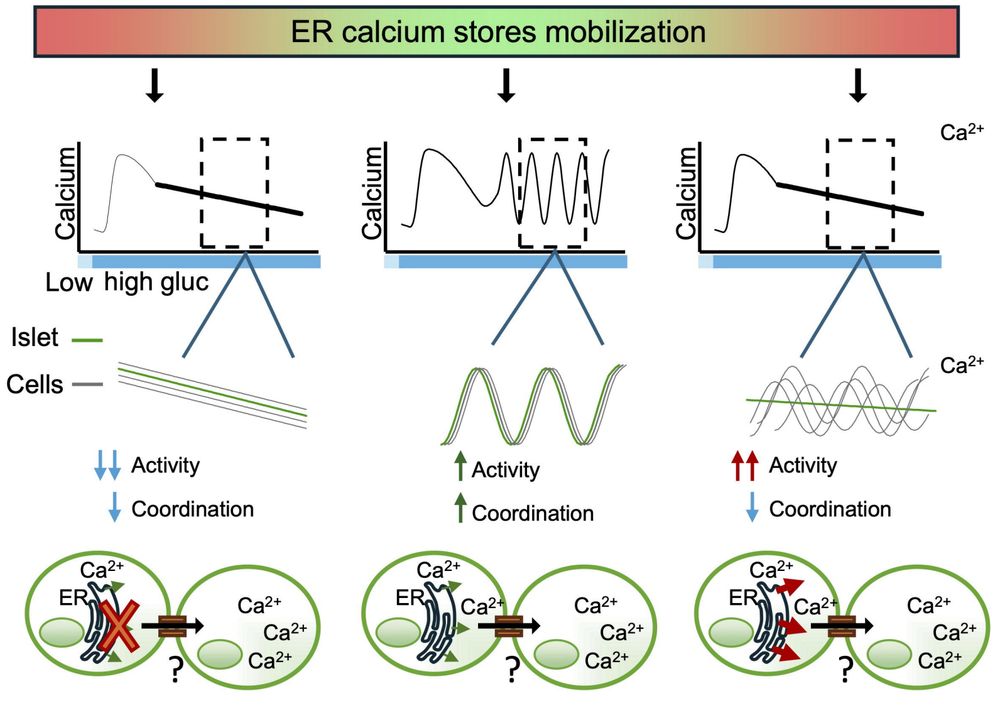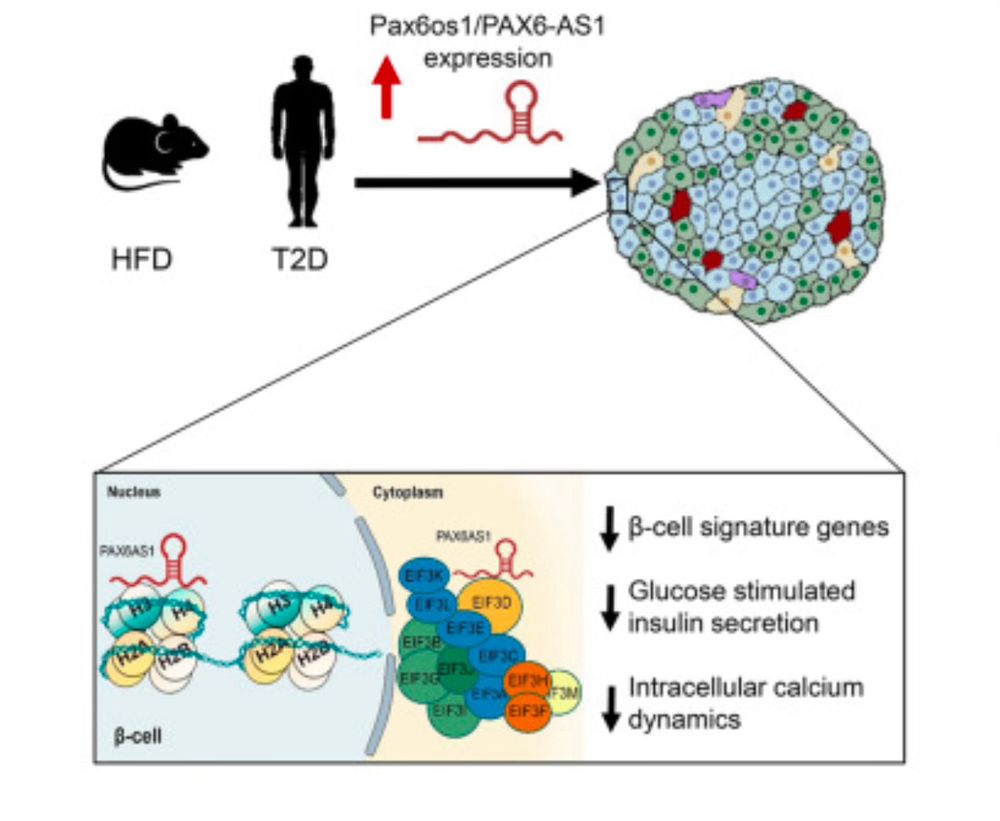@guyrutter1.bsky.social
91 followers
47 following
13 posts
Posts
Media
Videos
Starter Packs
Reposted
This work would have been impossible without an amazing team and collaborators, including
@nesvilab.bsky.social, Michael Stitzel, and @guyrutter1.bsky.social, funding from NIDDK, @amdiabetesassn.bsky.social, BreakthroughT1D, the VA, and organ donors and their families. Thank you!!! 🙏🤗 3/fin
@nesvilab.bsky.social, Michael Stitzel, and @guyrutter1.bsky.social, funding from NIDDK, @amdiabetesassn.bsky.social, BreakthroughT1D, the VA, and organ donors and their families. Thank you!!! 🙏🤗 3/fin
Congratulations to the 54 exceptional scientists who have been elected to the Academy Fellowship today in recognition of their remarkable contributions to biomedical and health sciences 🎉
👉 Discover more: ow.ly/Cf7K50VWSRi
#HealthResearch #HealthInnovation #AcademyFellows
👉 Discover more: ow.ly/Cf7K50VWSRi
#HealthResearch #HealthInnovation #AcademyFellows

Reposted
Patrick MacDonald🇨🇦
@bcellorg.bsky.social
· Apr 18
Reposted
Reposted
NIH Reporter data through this morning (grants funded up to March 8th)
First, new and competitive renewal grants...
2/n
First, new and competitive renewal grants...
2/n

Reposted
Reposted
Reposted
Reposted




